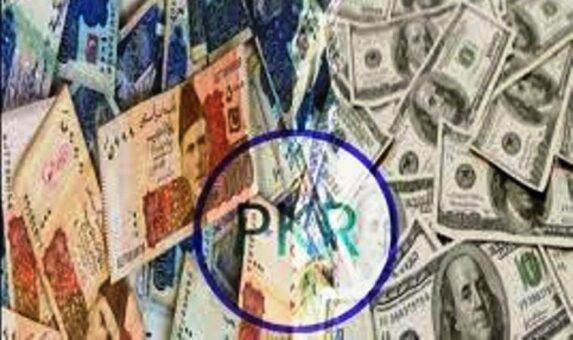KARACHI: State Bank of Pakistan (SBP) on Monday said that the risks posed by foreign investment in debt securities at current levels are limited due to various reasons.
The SBP said that risks posed by such investments are limited at current levels on account of the following reasons.
“First, the current level of such investments at $1.2 billion accounts for less than 2 percent of the total outstanding marketable government securities and less than 0.5 percent of GDP.
“Second, this investment accounts for less than one-fifth of the increase in SBP’s net reserve buffers at current levels; the bulk of the increase in the net reserve buffers is accounted for by the continued current account improvement.
“Third, the tenor of such investments has been increasing with more investments in longer dated instruments as investors’ confidence grows. Finally, the simplification of taxation for investment in government securities that was recently approved by the ECC, will promote greater interest in investments in longer dated maturities.”
The SBP issued a statement pointing out several misconceptions about the implications of international investors’ investments in the debt markets of Pakistan.
State Bank of Pakistan would like to clarify as under:
International investors have been investing in Pakistan’s equity markets for a long time. Such investments are considered portfolio investments, just like investments in debt instruments, and use the same framework of Special Convertible Rupee Account (SCRA). Such investors have been able to move capital in and out of our financial markets without problems for the Pakistan economy.
Recently, international investors have started investing in debt instruments issued by the government of Pakistan. This is largely a manifestation of their growing confidence in the positive outlook for the economy. As endorsed by international financial institutions, including the IMF, the ADB and the World Bank, and rating agencies, our reform program is beginning to show results.
One key aspect of this reform program has been the shift to a market based exchange rate system since May 2019 which has addressed previous concerns regarding the sustainability of the exchange rate regime.
Together with the continued improvement in our balance of payments and reserve buffers, this has raised the comfort level of international investors to invest in local currency denominated financial assets. It should be noted that interest rates have been higher in the past—for example interest rates were around 13.75 percent on average in FY11—but our debt markets did not attract interest from international investors.
Investment in government securities by international investors provides several benefits to the economy. First, such investment helps to deepen capital markets by increasing the pool of funds available in the local market and diversifies the investor-base.
Second, such investment helps to allow banks to deploy available funds for lending to the private sector since there is growing competition from international investors for placements in government securities.
Third, such interest by international investors raises the demand for government securities and accordingly lowers yields and reduces the cost of borrowing for the government. Fourth, the growing role of international investors in the local debt market may serve as a positive feedback mechanism for further improving domestic practices, policies, systems and institutions in line with international best practices.
There are several emerging market economies that have attracted investments from international investors in much greater amounts on a sustainable basis in their local currency debt markets and have used them as a major stimulus in their macroeconomic development. The SBP continues to monitor developments in the financial sector carefully and stands ready to take action against any risks.



